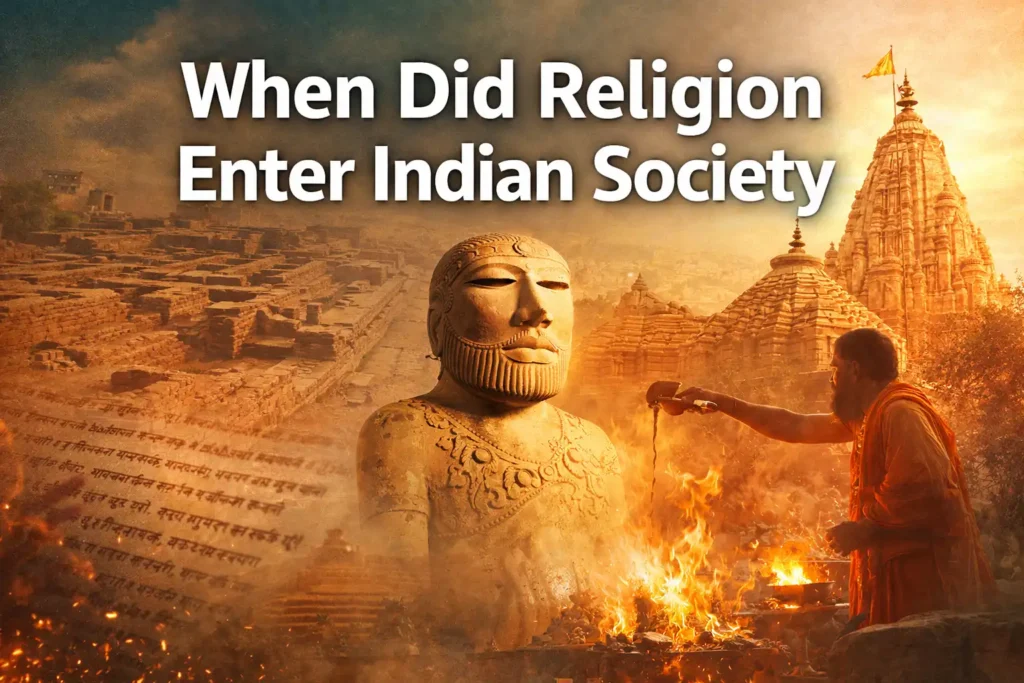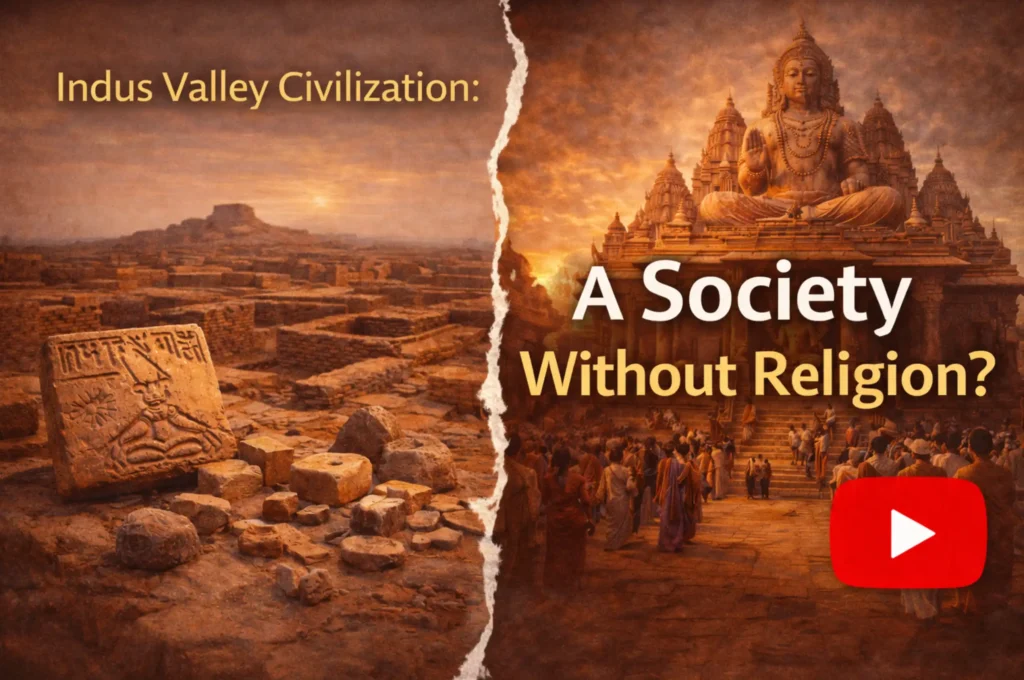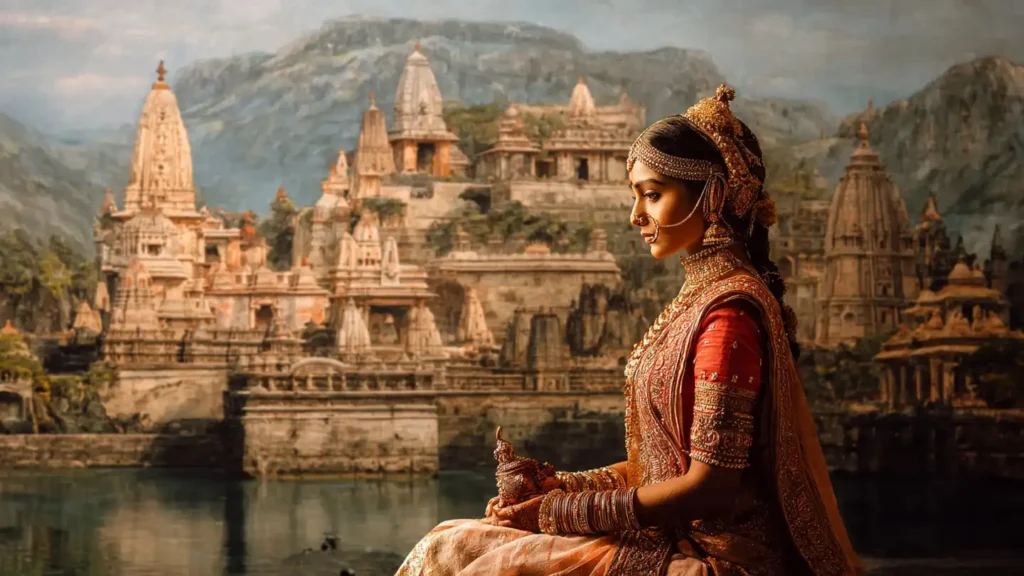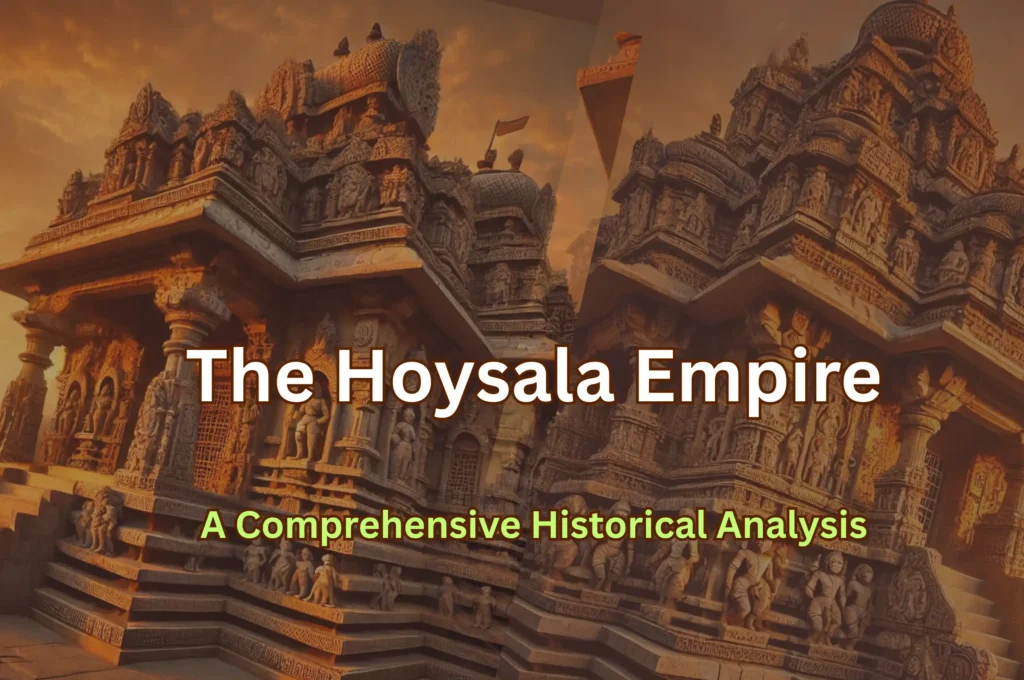This blog post explores the negative impact of British rule on India and Degradation of Indian Culture under British Rule, education system, economy, and society. It discusses the degradation of Indian culture, the transformation of the education system, the Christianization of the Indian population, economic exploitation, social divisions, and more. The post also highlights the loss of identity, erosion of indigenous knowledge, clash between Indian customs and British laws, and the drain of resources from India. It concludes by discussing the continued challenges faced by India and the efforts for unity and social harmony.
Also Explore: Articles for reading, History, Indian History, Social Studies
Topics: Impact of British Rule on India, Negative Impact of British Rule on India, Impact of British Rule on Indian Culture, Christianization of the Indian Population, Negative Impact of British Rule
Table of Contents
The Negative Impact of British Rule on India
Impact of British Rule on Indian Culture
One of the most significant negative impacts of British rule on India was the degradation of Indian culture. The British saw themselves as superior to the Indians and viewed their culture as primitive and backward. As a result, they actively sought to suppress Indian traditions, customs, and practices, and impose their own Western ideals and values.
Transformation of Indian Education System
Under British rule, the Indian education system underwent a radical transformation. The British introduced a new education system that aimed to produce a class of Indians who were loyal to the British Crown and could serve as intermediaries between the British and the Indian population. This education system emphasized the learning of English and Western subjects, while neglecting traditional Indian knowledge and languages.
Christianization of the Indian Population
The British also sought to Christianize the Indian population, considering it their duty to bring the “light of Christianity” to the “heathen” Indians. They established Christian missionary schools and churches throughout the country, actively converting Indians to Christianity and undermining the indigenous religions of India.
Economic Exploitation Under British Rule
Furthermore, the British implemented policies that undermined the economic prosperity of India. They imposed heavy taxes on Indian industries and handicrafts, which had devastating effects on the Indian economy. Many traditional industries were destroyed, and India was reduced to a supplier of raw materials for British industries.
Exploitative Land Revenue System
The British also introduced a system of land revenue that was exploitative and oppressive. The land revenue system, known as the Zamindari system, resulted in the dispossession of Indian peasants from their lands and the concentration of land ownership in the hands of a few wealthy landlords. This led to widespread poverty and inequality in rural India.
Social Divisions and Discrimination
In addition to the degradation of Indian culture and the economic exploitation of the country, British rule also had severe social consequences. The British implemented policies that perpetuated social divisions and discriminated against certain groups. They favored the upper castes and marginalized lower castes and tribal communities. They also reinforced gender inequalities, denying women access to education and employment opportunities.
Loss of Identity and Cultural Autonomy
As a result of the cultural suppression and imposition of Western values, Indian society experienced a significant loss of identity and cultural autonomy. The British colonizers aimed to create a society that mirrored their own, disregarding the rich and diverse cultural tapestry that had existed in India for centuries.
Loss of Artistic Expression and Creativity
The marginalization of traditional arts, music, dance, and literature had a profound impact on the artistic expression and creativity of the Indian people. Many indigenous art forms and artistic traditions were pushed to the brink of extinction, as they were deemed inferior to Western art forms. This not only robbed the Indian people of their cultural heritage but also hindered the development of a distinct Indian artistic identity.
Erosion of Indigenous Knowledge and Languages
The promotion of Western education and the English language further eroded the significance of local languages and indigenous knowledge systems. Indian languages, which had been the medium of communication and expression for generations, were relegated to secondary status. This had a detrimental effect on the preservation and transmission of indigenous knowledge, as well as the accessibility of education to the masses.
Clash Between Indian Customs and British Laws
The imposition of Western values also led to a clash between traditional Indian customs and British laws and policies. The banning of practices such as sati not only disrupted age-old customs but also demonstrated a lack of respect for the religious beliefs and practices of the Indian population. This disregard for Indian traditions and religious practices created a sense of alienation and resentment among the Indian people, further deepening the cultural divide between the colonizers and the colonized.
Economic Exploitation and Resource Drain
Furthermore, the economic exploitation of India by the British resulted in a significant drain of resources from the country. The British Empire viewed India as a source of wealth and raw materials to fuel its industrial revolution. As a result, India’s resources were systematically extracted and transported to Britain.
Exploitation of India’s Textile Industry
One of the most glaring examples of this resource drain was the exploitation of India’s rich textile industry. Prior to British rule, India was renowned for its high-quality textiles, which were in high demand both domestically and internationally. However, under British rule, Indian textiles were devalued and replaced with cheap British imports. This not only destroyed the livelihoods of countless Indian weavers and artisans but also led to the loss of a thriving industry that had once been the backbone of India’s economy.
Exploitation of India’s Natural Resources
In addition to textiles, India’s vast reserves of minerals and natural resources were also exploited by the British. India was rich in resources such as coal, iron ore, and diamonds, which were essential for Britain’s industrial growth. These resources were extracted and transported to Britain, where they were used to fuel the expansion of British industries and the accumulation of wealth in the hands of the British elite.
Heavy Taxes and Tariffs
Moreover, the British imposed heavy taxes and tariffs on Indian goods, further draining the country’s resources. The revenue generated from these taxes was used to finance the British administration in India and to fund the British Empire’s military and colonial endeavors. This meant that India’s wealth was being siphoned off to support the British Empire, leaving the country impoverished and deprived of the resources needed for its own development.
Political Disenfranchisement and Nationalist Movements
This sense of political disenfranchisement and disempowerment fueled the growth of nationalist movements in India. The Indian National Congress, founded in 1885, became the leading voice for independence and self-governance. Led by figures like Mahatma Gandhi and Jawaharlal Nehru, the Congress advocated for the rights and representation of the Indian people.
Communal Tensions and Partition
However, the divide and rule policy had also created deep divisions within Indian society. The tensions between Hindus and Muslims, exacerbated by British manipulation, became a significant obstacle to the nationalist movement. The demand for a separate Muslim state eventually led to the creation of Pakistan, resulting in the partition of India in 1947. This event was marked by widespread violence and mass migrations, with millions of people being displaced and countless lives lost.
Continued Challenges and Efforts for Unity
The social and political divide left by British colonial rule continues to shape the dynamics of Indian society. Communal tensions between different religious and ethnic groups remain a challenge, often leading to conflicts and violence. The legacy of political disenfranchisement also persists, with marginalized communities still struggling for equal representation and access to resources.
In recent years, there have been efforts to bridge these divides and foster a more inclusive and united India. Various initiatives and policies have been implemented to promote social harmony and address historical injustices. However, the challenges are complex and deeply rooted, requiring sustained efforts from all sections of society.
Topics: Impact of British Rule on India, Negative Impact of British Rule on India, Impact of British Rule on Indian Culture, Christianization of the Indian Population, Negative Impact of British Rule


















